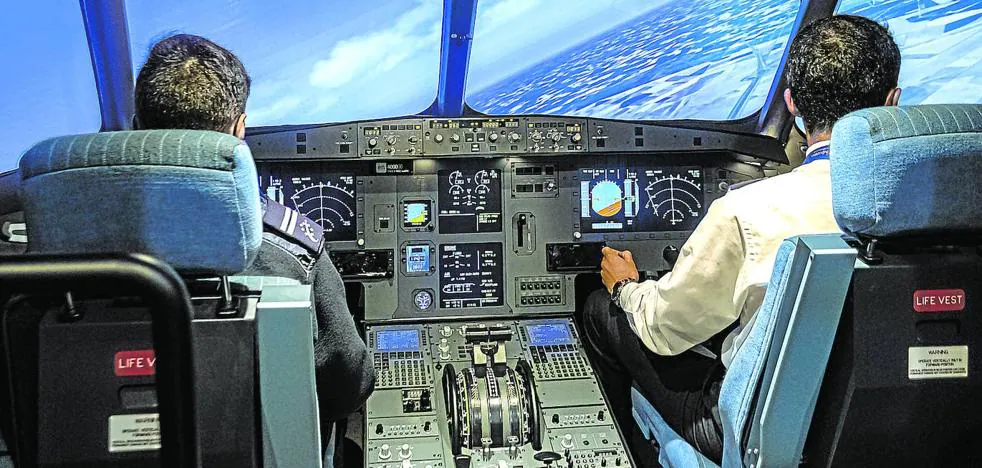When it comes to car seats, Spanish regulations are clear: children up to 135 cm must always travel by car in an approved child seat that is suitable for their height and weight.
The best way to ensure that you purchase a child seat that meets European approval and therefore meets the required safety standards
visit a specialized branch, either a physical store or an online store where they can help you in a language you know. These specialized branches only sell products that comply with the regulations required in all countries of the European Union and can advise on the details of the installation of the chair, an aspect that is as important as the purchase of the chair yourself.
In addition, sales consultants guide families to the most appropriate seat for the child based on their size and weight and the most appropriate based on the type of vehicle it will be installed in and the family’s lifestyle.
However, there is a significant risk with child seats purchased online
on foreign portals They may not have European approval. In these cases there is a clear risk of purchasing products that are not approved according to the most current and demanding European regulations, ECE R129 / i-Size, or the previous ECE R44/04.
This means, as explained by the Spanish Alliance for Road Safety of Children, AESVi “that the child seat would not meet the safety requirements set in the countries of the European Union and that the safety offered could therefore be zero.” And if this were not enough, the use of a child seat that is not approved according to European regulations entails a fine of € 200 and 4 points will be deducted from the driver’s license.
When choosing the right chair, there are a number of parameters to consider. First of all, it must be approved by the official regulations of the region. Second, parents should take care of it
that the seat is suitable for the height and/or weight of the child; and also check if it works for your car as not all seats are compatible with all vehicles or anchoring systems. Given the latter, prioritize the Isofix system, mandatory in vehicles of the tourism type with four or more seats since 2014. The main objective is to avoid errors in the installation of the CRS, something that often occurs with the seat belt and used. Follow the manufacturer’s instructions.
It is also recommended that children travel
in the opposite direction of travel “as long as possible”, assures the director of the field of prevention and road safety of Fundación Mapfre, Jesús Monclús. “The reason is simple. In the case of forward-facing systems and in a frontal crash, the child seat harness supports the child’s chest, but the head is less protected and should be the neck, a relatively vulnerable part of the child’s anatomy, which held the head and stopped forward motion,” he adds.
The Isofix system consists of a series of anchorage points bolted or welded to the car body and includes hooks for the
child restraint systems, which can have two (semi-universal bases) or three anchor points (universal bases). Mandatory since 2014, the most recommended and safest, as it reduces the chance of misplacing the seat, according to the DGT.
Source: La Verdad
I am Mary Fitzgerald, a professional journalist and author of the Today Times Live. My specialty is in writing and reporting on technology-related topics. I have spent the last seven years extensively researching and understanding the field of technology so I can properly inform my readers about developments in this ever-evolving world.



